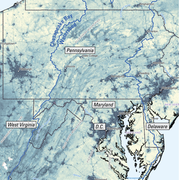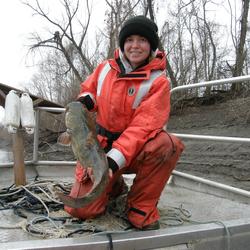We monitor hydrologic conditions so you can make informed decisions
Our Scientists operate state-of-the-art data networks that provide spatially-consistent data to compare to historic trends
We investigate and study our world and its relation to water
NJWSC is highly involved in research into our ecosystems, streams, groundwater, and their health and water quality
USGS National Water Dashboard for New Jersey
USGS Mobile Flood Tool highlighting New Jersey
Coastal Floodplain Inundation Map
StreamStats for New Jersey
New Jersey Groundwater Level and Trends
View current groundwater levels and long-term trends for continuous groundwater monitoring locations across New Jersey
New Jersey Water Science Center
Welcome! Since 1903, the New Jersey Water Science Center has been collecting high-quality hydrologic data and conducting unbiased water-science research to address the water-resource priorities of the Nation, global trends and support statewide water-resource infrastructure and management needs.






